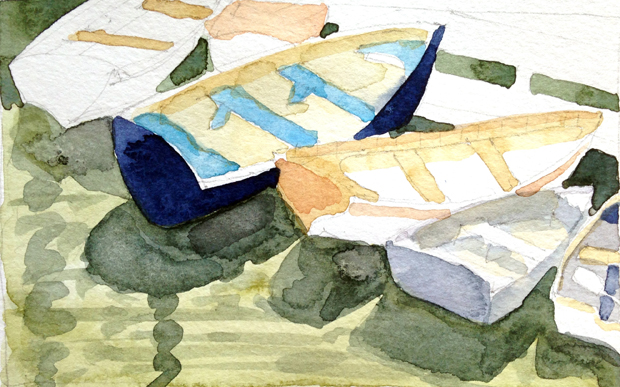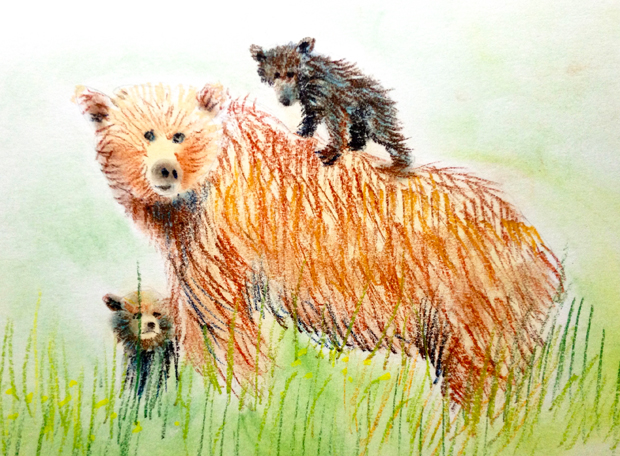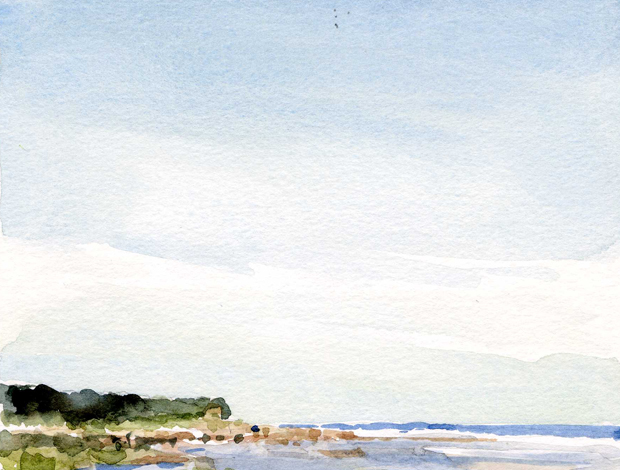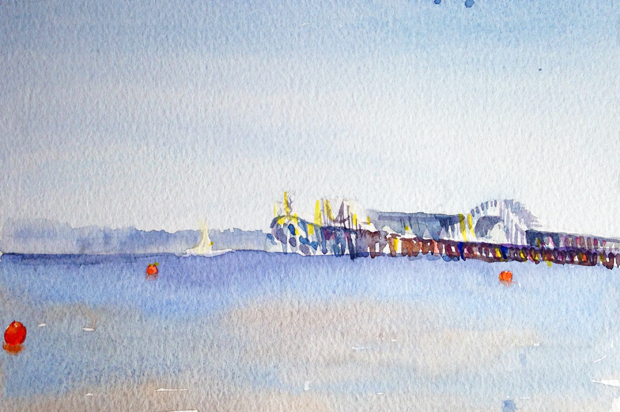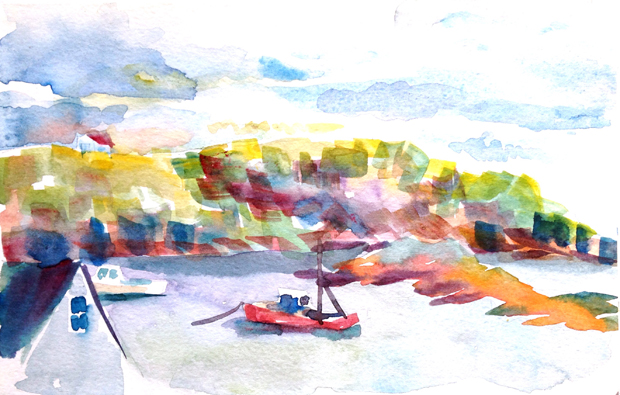 I am closing in on that age noted by my parents years ago as one entry point into elderhood: when the U.S. President is younger than me. With Obama, I’ve just squeaked by: he is sixteen months older than me. If Hillary or Bernie win this one, I may be okay at least for another four years. That does seem part of either of their appeal—the wisdom and equanimity they must have accumulated during long, eventful lives.
I am closing in on that age noted by my parents years ago as one entry point into elderhood: when the U.S. President is younger than me. With Obama, I’ve just squeaked by: he is sixteen months older than me. If Hillary or Bernie win this one, I may be okay at least for another four years. That does seem part of either of their appeal—the wisdom and equanimity they must have accumulated during long, eventful lives.
In general, though, we seem to lack positive archetypes for older people, especially women. NPR’s Ina Jaffe has reported about issues facing older Americans for years, and even she doesn’t have a good word to refer to them. Polls are inconclusive: most older people don’t like any of the usual words. But the problem is more than skin deep: Continue reading

